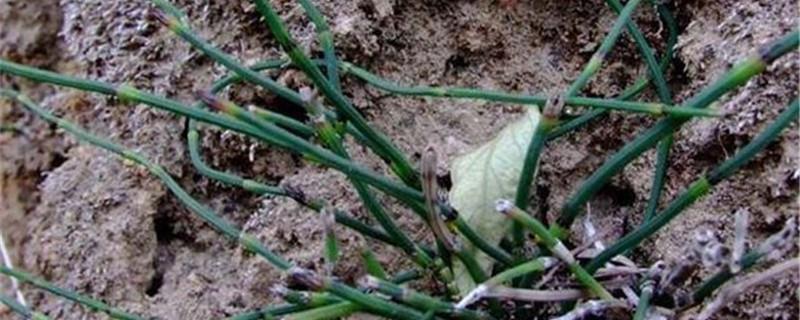How to breed Ephedra
Last Update :2024.05.02
Article Catalog
Soil: Ephedra does not have high requirements for soil quality, so general sandy loam or sandy soil can be used for cultivation; Temperature: It is very cold-resistant and does not have high temperature requirements, so it is more suitable for planting in northern areas; Watering: It must be water-permeable during maintenance , do not let water accumulate in the soil. Just keep the soil moist during the seedling stage, water less and more often; fertilize: After the seedlings are established, you can use a little urea to increase their growth rate. If possible, you can use a little phosphate fertilizer at the end of summer to help it survive the winter.

1. Soil
1. Soil
Ephedra has strong adaptability and does not have strict soil requirements. It can grow well in sandy loam and sandy soil. Do not plant in highly water-retentive clay soil as root rot may occur. When planting it, the most suitable soil pH value is around 8.
2. Temperature
Ephedra is suitable for planting in northern areas, and the optimal temperature is 15-22℃. It is very cold-resistant and can survive the winter outdoors in most northern areas.
3. Watering
When the seedlings have not emerged in the early stage, water them sparingly and frequently to keep the soil moist to facilitate seedling emergence. The seedling stage lasts about 7-15 days. During this period, there should be no accumulation of water in the soil and no heavy irrigation. After it is established, it can be watered as soon as it is dry.
4. Fertilization
When it grows to about 5 nodes on the branches, add a certain amount of urea to promote its growth. A small amount of phosphate fertilizer can be applied after mid-August to promote lignification and ensure that the seedlings survive the winter safely.
5. Prevention and control of pests and diseases
During the seedling stage of Ephedra, mole crickets should be prevented and controlled. The method is to stir-fry the wheat bran, mix it with methamidophos, and sprinkle it around the planting site. Breeding at home does not require prevention and control. Aphid damage may also occur, usually in mid-July. Use 40% Dimethoate EC diluted 300 times for spraying, and the effect is obvious.
2. Temperature
3. Watering
4. Fertilization
5. Pest and disease control
- END -
How to grow Araucaria and how to top it

Loose and fertile soil must be used to raise Araucaria, usually a mixture of loam,...
Generally, it is best to keep a few bamboos in one bottle.

1. One bamboo: Raising a lucky bamboo represents a double harvest of career and lu...